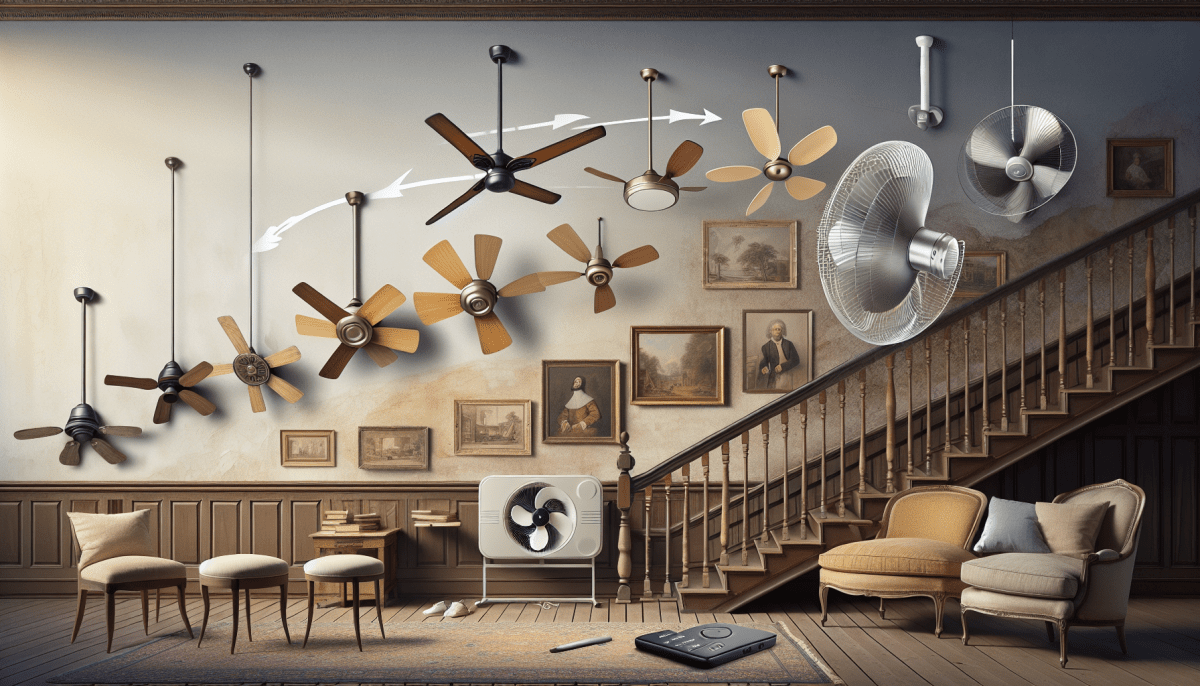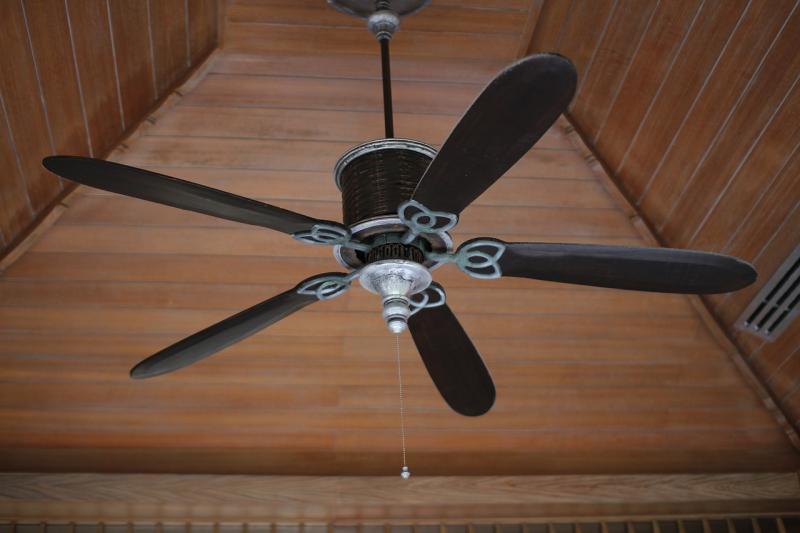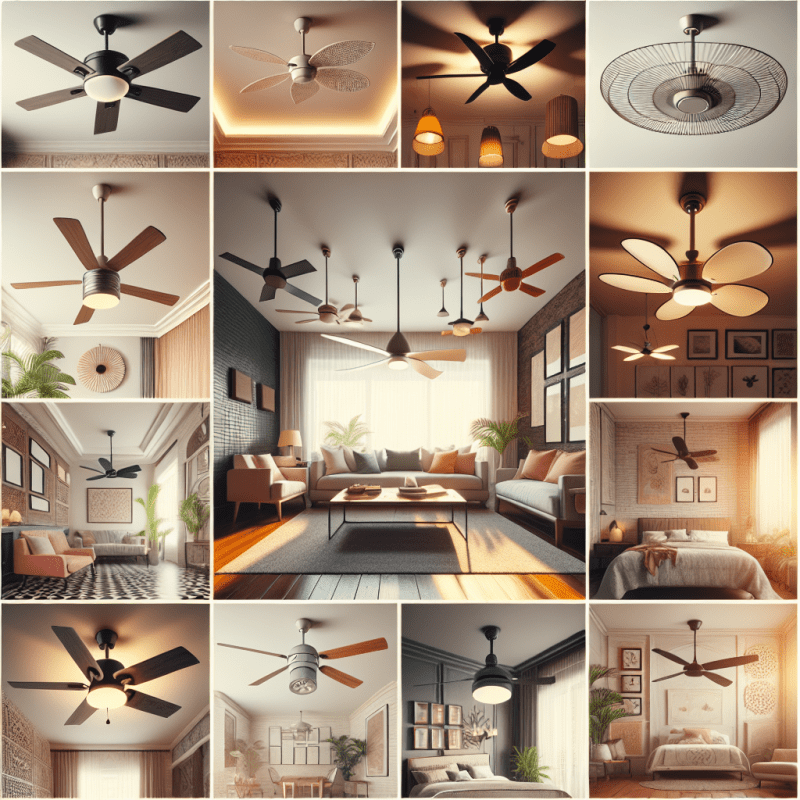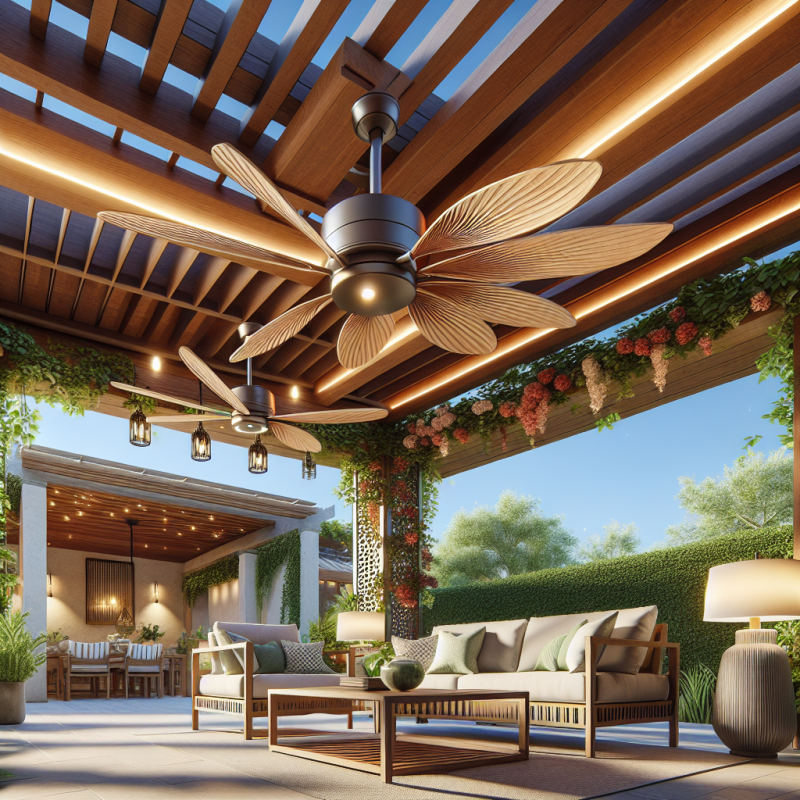Long before the invention of modern ceiling fans, early civilizations found innovative ways to circulate air and stay cool in hot climates. One early method of air circulation dates back to ancient Egypt, where servants would manually fan the pharaoh using handheld fans made of palm leaves. This basic form of air movement helped create a more comfortable environment in the sweltering heat of the Egyptian desert.
In ancient China, the invention of the rotary fan marked a significant advancement in air circulation technology. These hand-cranked fans were used to cool down rooms and create a gentle breeze during the warmer months. The evolution of these handheld fans eventually led to the development of more sophisticated air-moving devices, such as the first water-powered fan, which utilized flowing water to turn a blade and circulate air more effectively.
As technology continued to advance, the history of ceiling fans took a pivotal turn with the introduction of the first electrically powered ceiling fan in the late 19th century. This innovation revolutionized air circulation in homes and businesses, offering a more convenient and efficient way to cool indoor spaces. Over time, ceiling fans became a staple in households around the world, providing a cost-effective and energy-efficient alternative to traditional air conditioning systems.
Improving Comfort Through Fan Design
Ceiling fans have come a long way since their inception in the 19th century. While they were initially designed for practical purposes such as air circulation and temperature control, modern ceiling fans now prioritize both functionality and aesthetics. One key aspect that has greatly improved over the history of ceiling fans is their design to enhance comfort in any space.
One important factor in fan design that contributes to improved comfort is the blade shape and size. In the early days of ceiling fans, blades were typically made of wood and had a simplistic design. However, as technology advanced, manufacturers began experimenting with different blade shapes and sizes to optimize airflow and reduce noise. Today, you can find ceiling fans with aerodynamically designed blades that are specifically engineered to maximize air circulation and minimize energy consumption, ultimately creating a more comfortable environment.
Another aspect of fan design that has evolved over the history of ceiling fans is the motor technology. Older ceiling fans were notorious for being noisy and inefficient, but thanks to advancements in motor technology, modern fans are now quieter and more energy-efficient. High-quality ceiling fans now come equipped with DC motors that are not only whisper-quiet but also consume less energy, making them a cost-effective and environmentally friendly cooling solution for any room.
In addition to blade shape and motor technology, modern ceiling fans also offer a variety of features that further enhance comfort. Many fans come with remote controls, allowing users to easily adjust fan speed and direction without having to get up from their seats. Some models even come with built-in lights or can be integrated with smart home systems for added convenience. With these advancements in fan design, it's no wonder that ceiling fans have become a staple in homes and businesses around the world.
Modern Features and Technology Advancements
Ceiling fans have come a long way since their humble beginnings in the late 19th century. With advancements in technology and design, modern ceiling fans offer a plethora of features that make them not only functional but also stylish additions to any room.
One of the most notable advancements in the history of ceiling fans is the integration of smart technology. Today, many ceiling fans come equipped with Wi-Fi capabilities, allowing users to control fan speed, direction, and lighting from their smartphones or smart home devices. Some models even have built-in sensors that can automatically adjust the fan speed based on the room's temperature, providing optimal comfort and energy efficiency.
Another modern feature of ceiling fans is the incorporation of LED lighting. LED lights are not only more energy-efficient than traditional incandescent bulbs, but they also last longer, saving homeowners money on replacement bulbs. Many ceiling fan manufacturers now offer models with dimmable LED lights, allowing users to customize the lighting to suit their preferences.
In addition to smart technology and LED lighting, modern ceiling fans now come in a variety of styles, sizes, and finishes to complement any décor. Whether you're looking for a sleek and contemporary fan for a modern living room or a rustic and weathered fan for a farmhouse-style kitchen, there is a ceiling fan to suit your taste. With so many options available, it's easier than ever to find the perfect fan to enhance both the comfort and aesthetics of your home.
Sustainability and Energy Efficiency in Ceiling Fans
Ceiling fans have come a long way since their inception in the 1880s. What started as manually operated contraptions has evolved into sleek, energy-efficient appliances that not only cool our homes but also help save on energy costs. As the history of ceiling fans shows, sustainability and energy efficiency have become key considerations in their design and manufacturing.
One of the ways that modern ceiling fans are more sustainable is through the use of energy-efficient motors. These motors are designed to consume less electricity while still providing powerful airflow. Additionally, many fans now come equipped with LED light kits that use a fraction of the energy compared to traditional incandescent bulbs. This not only reduces energy consumption but also lowers utility bills for homeowners.
Another aspect of sustainability in ceiling fans is their design. Many manufacturers are now using eco-friendly materials in their fan blades and casings, such as bamboo, reclaimed wood, or recycled metal. These materials are not only better for the environment but also add a stylish touch to any room. Additionally, some ceiling fans come with smart technology that allows users to control them remotely, further reducing energy waste.
Overall, the history of ceiling fans shows a clear shift towards sustainability and energy efficiency. With advancements in technology and design, modern ceiling fans are not only functional and stylish but also environmentally-friendly. As more homeowners become conscious of their carbon footprint, choosing a sustainable ceiling fan is an easy way to make a positive impact on the environment.



